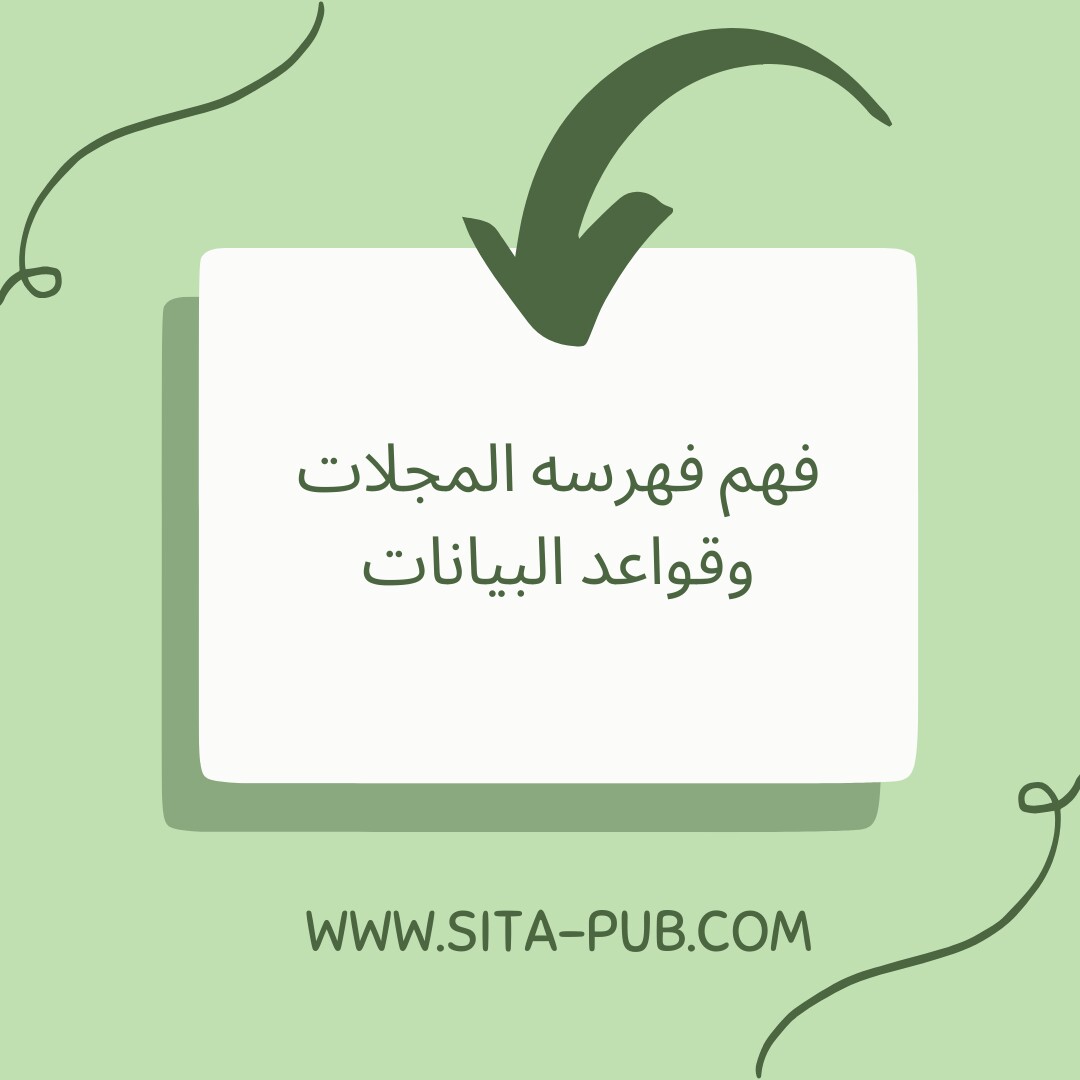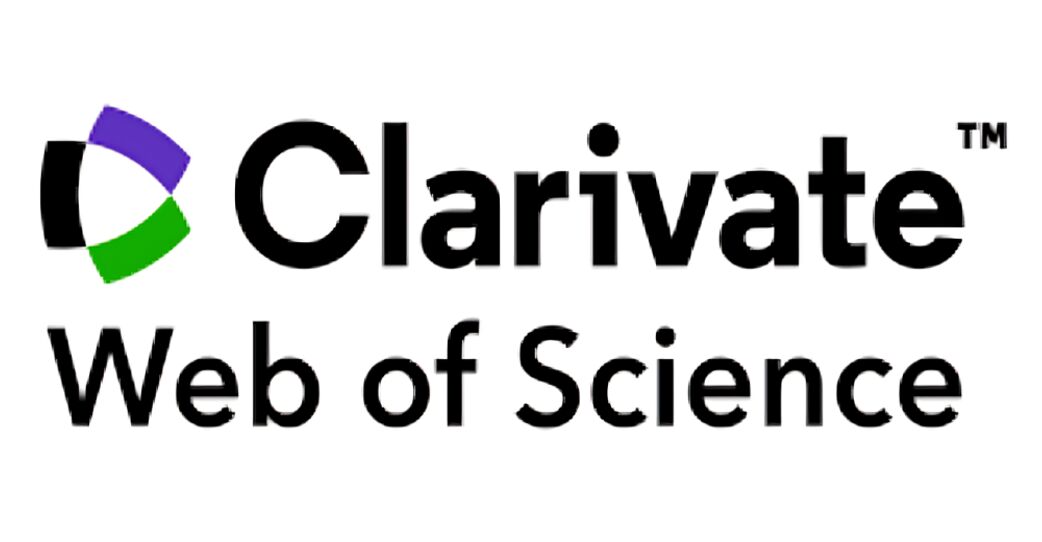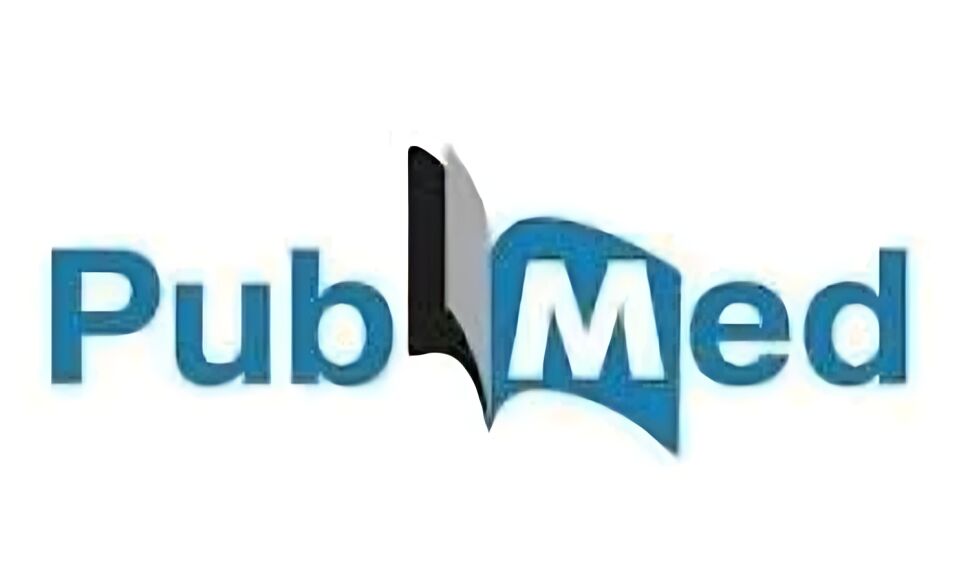فهم فهرسه المجلات وقواعد البیانات


تُعد Scopus، وهی منتج لشرکه Elsevier، من أکبر قواعد البیانات للملخصات والاستشهادات، حیث تغطی أکثر من 22,000 مجله محکمه من أکثر من 5,000 ناشر عالمی.
وبفضل تغطیتها متعدده التخصصات التی تشمل العلوم، والعلوم الاجتماعیه، والعلوم الإنسانیه، توفّر Scopus مستودعًا هائلًا للمحتوى الأکادیمی.
وتُعد قدرات Scopus المتقدمه فی الفهرسه وتتبع الاستشهادات أداه قیمه لتقییم تأثیر وتأثیر المنشورات، مما یجعلها أداه هامه للتخطیط الاستراتیجی للنشر.

یُعتبر Web of Science (WoS)، الذی تدیره شرکه Clarivate، المعیار الذهبی لقواعد بیانات الاستشهادات.
تغطی مجموعه WoS Core Collection أکثر من 21,000 مجله عالیه الجوده ومحکمه عبر مختلف التخصصات من العلوم إلى الفنون والعلوم الإنسانیه.
وتجعل عملیه الاختیار الدقیقه والتغطیه الشامله للمجلات المؤثره من WoS موردًا لا غنى عنه لتقییم الأبحاث وتحدید أفضل المجلات للنشر المستهدف.

تُعد PubMed، والتی تُدار من قبل المکتبه الوطنیه الأمریکیه للطب (NLM)، قاعده بیانات متخصصه للباحثین فی العلوم الطبیه والحیاتیه.
تضم أکثر من 34 ملیون استشهاد من أکثر من 5,200 مجله، وتوفّر فهرسه شامله لأحدث الأبحاث فی الطب، وعلم الأحیاء، والرعایه الصحیه.
ورغم أن PubMed لا توفر مستوى تحلیل الاستشهادات الموجود فی Scopus أو WoS، إلا أن تکاملها العمیق مع مصطلحات MeSH وترکیزها على المجالات الطبیه یجعلها أداه لا تُقدّر بثمن فی مراجعات الأدبیات الشامله ومتابعه أحدث التطورات.

بالنسبه للباحثین الذین یسعون إلى زیاده رؤیه وتأثیر أعمالهم، فإن فهم متطلبات الفهرسه فی هذه القواعد أمر بالغ الأهمیه.
کل قاعده بیانات تضع معاییر صارمه لاختیار المجلات التی تُدرج فیها، لضمان إدراج الأبحاث عالیه الجوده والتأثیر فقط.
صرامه التحریر وعملیات التحکیم العلمی
الامتثال للمعاییر الأخلاقیه للنشر
مقاییس الاستشهاد، وتکرار النشر، والتنویع الدولی فی هیئه التحریر والکتّاب
تأثیر الاستشهادات
شفافیه التحریر
التنوع الدولی للمجله والمحتوى
صله المجله بالعلوم الطبیه والحیاتیه
جوده عملیه التحکیم
الامتثال للمعاییر الأخلاقیه
ضمان توافق المجله المستهدفه مع هذه المعاییر یزید من فرص فهرسه الأبحاث فی هذه القواعد، وبالتالی الوصول إلى جمهور عالمی واسع.
تتبع الاستشهادات وتحلیلها
قیاس تأثیر المنشورات
تحدید المجلات عالیه التأثیر
مقارنه الأداء الأکادیمی مع الزملاء
توفر تقاریر الاستشهادات وحسابات مؤشر h-index فی هذه القواعد بیانات تُمکن الباحث من:
اتخاذ قرارات مستنیره بخصوص استراتیجیات النشر
تحدید أنسب المجلات لنشر أعمالهم
استهداف المجلات بشکل استراتیجی لزیاده التأثیر والظهور
میزات PubMed تعزز من جهود البحث:
التکامل مع مصطلحات MeSH یسمح بمراجعات أدبیه شامله
وظائف البحث القویه تُساعد على مواکبه أحدث الأبحاث
تسهّل الاتصال بالمجتمع البحثی الطبی العالمی
من خلال الاستفاده من المزایا الفریده لـ Scopus وWoS وPubMed، یستطیع الباحثون:
وضع أبحاثهم بشکل استراتیجی لتحقیق أقصى درجات الرؤیه والتأثیر والاعتراف داخل تخصصاتهم الأکادیمیه.

یُعد ترقیه بحثک من خلال النشر فی المجلات الأکادیمیه الرائده خطوه حاسمه فی تعزیز مسیرتک الأکادیمیه.
لکن عملیه اختیار المجله المناسبه، وتنسیق المخطوطه، واستیفاء متطلبات التقدیم قد تکون معقده ومربکه.
وهنا یأتی دور خدمات النشر من أکادیمیه سیتا:
نقدّم دعمًا شاملاً یشمل:
اختیار المجله المناسبه
إرشادات فی التنسیق والتحریر
التحکیم العلمی الدقیق
الترویج للبحث بعد النشر
نحن نهتم بکل جوانب النشر، لتصل أبحاثک إلى الجمهور المناسب وتحصل على التقدیر الذی تستحقه.
عملیه تقدیم طلب فی أکادیمیه سیتا

شارک نطاق بحثک |

استلم قائمه المجلات |

اختر مجلتک |

التنسیق وتقدیم الطلب |
إذا کان لدیک أی أسئله، استفسارات، أو ترغب فی معرفه المزید عن خدماتنا، فلا تتردد فی التواصل معنا. فریقنا المخصص مستعد لمساعدتک.